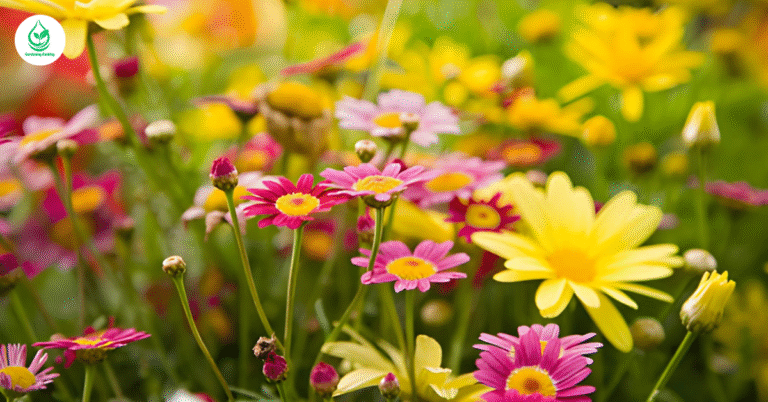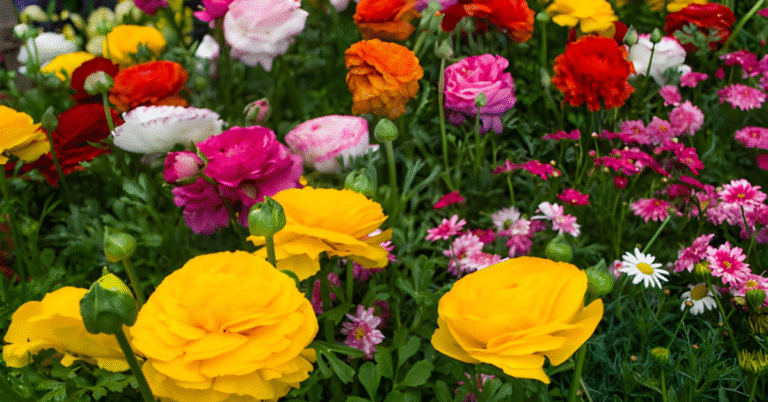9 Calathea Plant Varieties: How to Grow and Care for Stunning Foliage Indoors

Introduction
Calathea plants are among the most striking indoor plants you can grow. Known for their lush, patterned leaves that look hand-painted, these tropical beauties bring elegance and serenity to any space. Belonging to the Marantaceae family, Calatheas are often called “Prayer Plants” because their leaves fold upward at night — almost as if they’re praying.
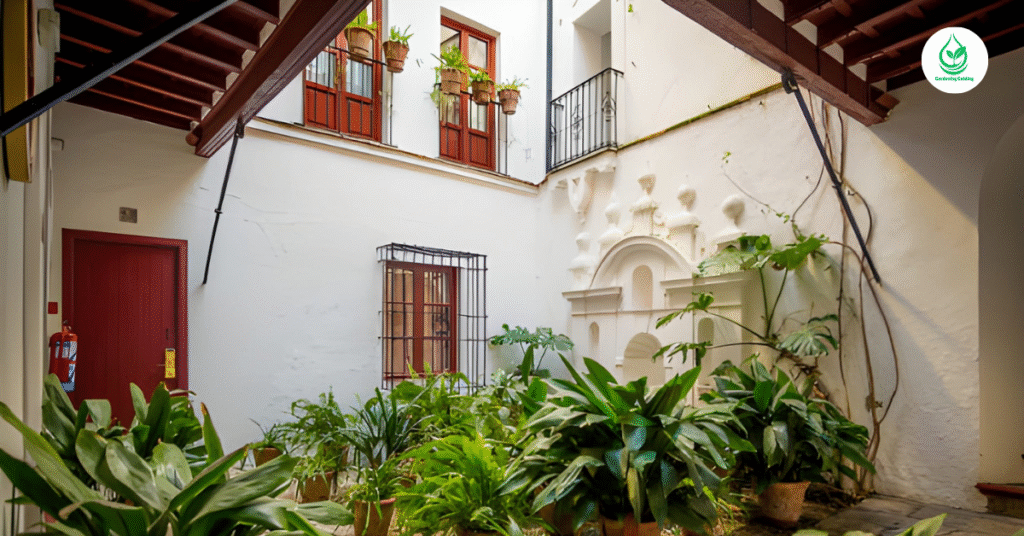
In this detailed guide, we’ll explore 9 popular Calathea plant types, how to care for them, and the simple ways you can use them to brighten your home. Whether you’re a beginner plant lover or an experienced gardener, Calatheas will add a touch of the tropics and unmatched charm to your indoor garden.
1. Calathea Orbifolia
Broad, Silvery-Green Leaves
Calathea Orbifolia is known for its wide, circular leaves striped with silver and light green. The delicate patterns look like watercolor brushstrokes, giving the plant a luxurious appearance that pairs beautifully with minimalist or modern interiors.
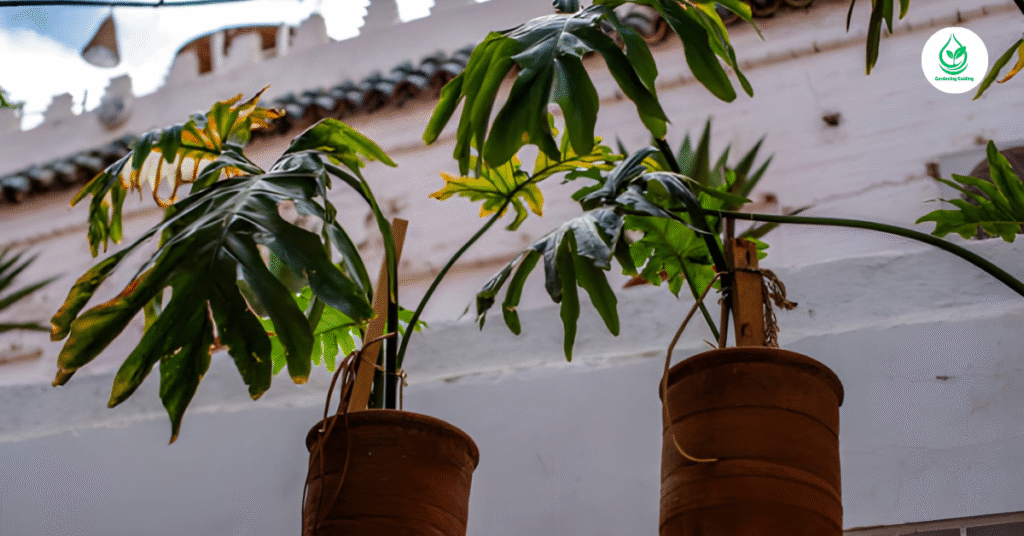
Care and Environment
This variety prefers bright, indirect light — too much sunlight can fade its stunning patterns. Keep the soil consistently moist but not soggy. Use distilled or rainwater if possible, as Calatheas are sensitive to minerals in tap water. Mist regularly to maintain high humidity and vibrant foliage.
Styling and Placement
Place your Calathea Orbifolia in a white or gold pot for contrast and keep it on a wooden shelf or bedside table. It thrives in humid rooms like bathrooms or near a window with filtered light, where it becomes a statement piece of living art.
2. Calathea Medallion
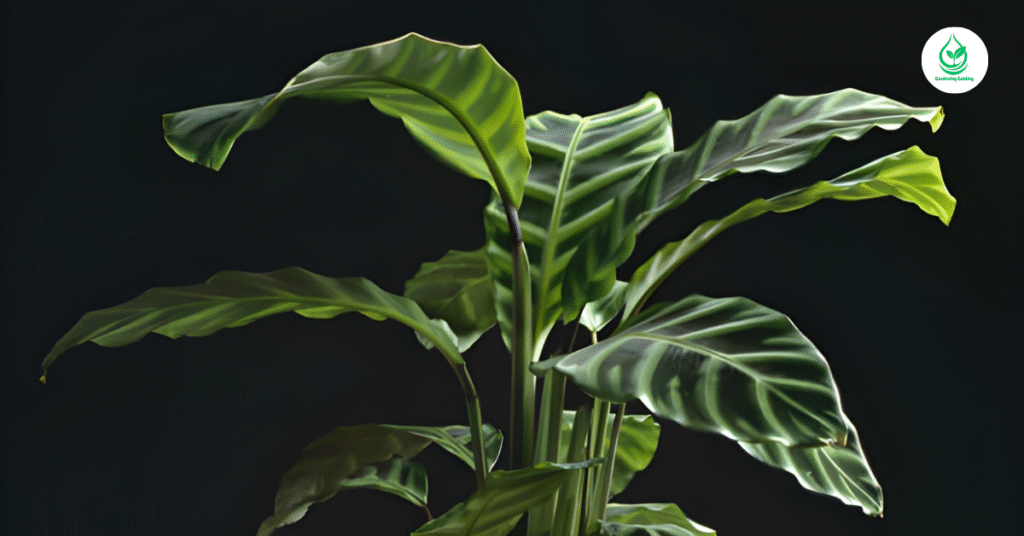
Gorgeous Medallion Pattern
The Calathea Medallion features leaves with bold green tops and purple undersides, shaped like small medallions — hence the name. The design almost looks painted, making it one of the most sought-after Calatheas for decorative indoor gardening.
Easy Care Tips
Water your Medallion plant regularly, keeping the soil moist but not waterlogged. It loves humidity, so misting or using a humidifier helps it stay lush. Avoid direct sunlight, which can cause leaf burn, and use organic fertilizer once a month during spring and summer.
Perfect Home Decor Plant
This Calathea looks great in living rooms or hallways where indirect light flows. Pair it with neutral interiors — white walls, beige furniture — to let its vibrant greens and purples stand out as natural decor.
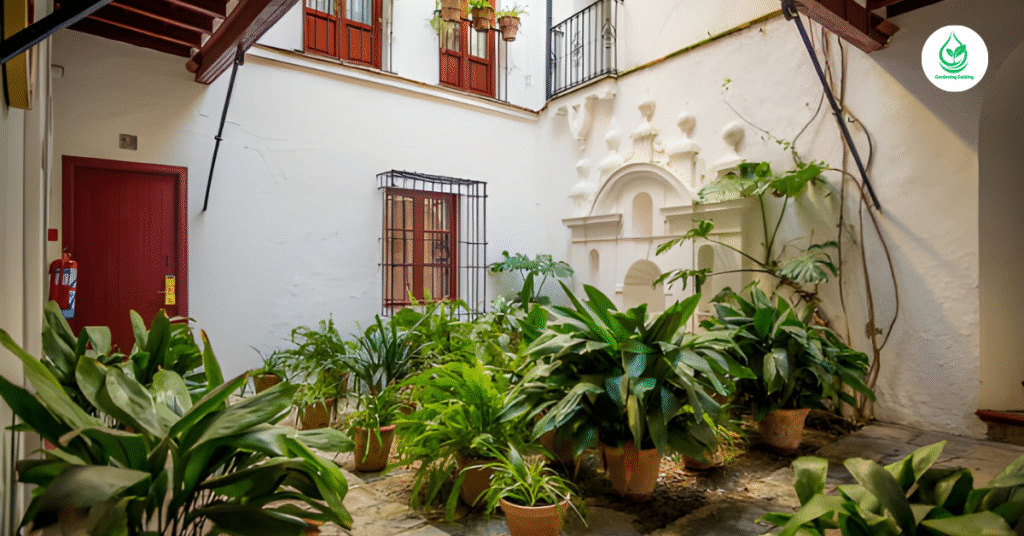
3. Calathea Makoyana (Peacock Plant)
Intricate Leaf Patterns
Also called the Peacock Plant, Calathea Makoyana earns its name from the feather-like markings on its leaves. Each leaf is light green with deep green outlines and a soft pink underside — a true masterpiece of nature’s design.
Growing and Maintenance
Makoyana prefers warm, humid environments. Keep it in medium light and water when the top inch of soil feels dry. It enjoys humidity above 60%, so occasional misting or grouping with other tropical plants will help it thrive.
Aesthetic and Styling
The Peacock Plant’s elegant patterns make it a beautiful centerpiece for any indoor garden corner. It pairs well with decorative stones or ceramic pots in soft tones like blush, mint, or white.
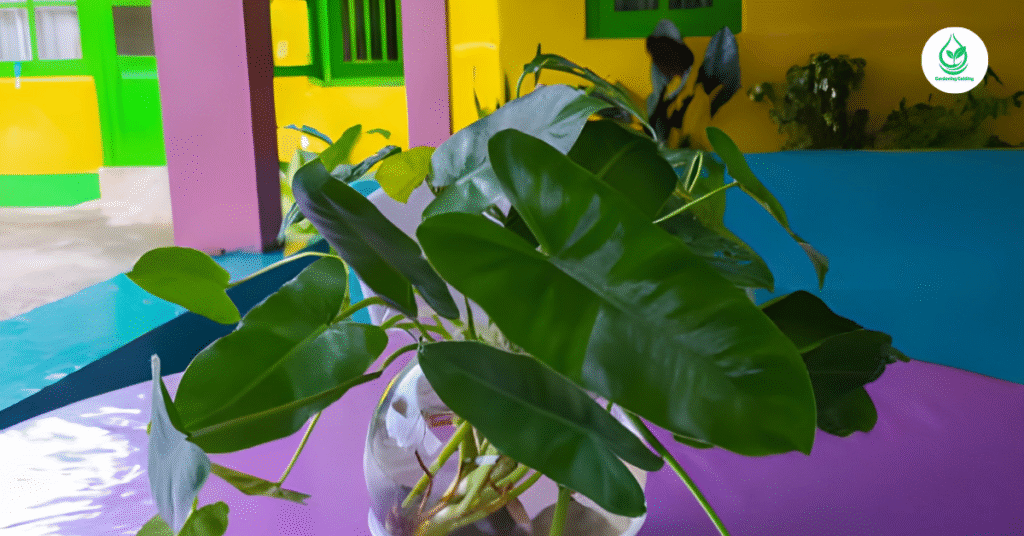
4. Calathea Lancifolia (Rattlesnake Plant)
Unique Long Leaves
Calathea Lancifolia, also known as the Rattlesnake Plant, has long, narrow leaves with dark green oval spots and deep purple undersides. It’s a fun and eye-catching addition to modern homes, adding a touch of exotic charm.
Best Growing Conditions
It thrives in medium to bright indirect light and prefers consistently moist soil. Avoid cold drafts or dry air — Calatheas love warmth and humidity. Use filtered water and feed it every 4 weeks during the growing season.
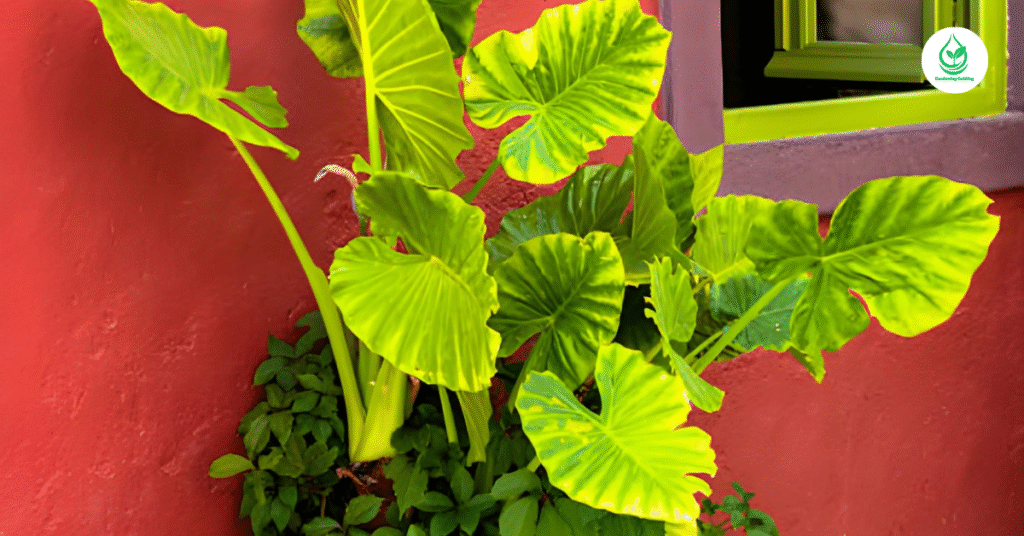
Home Styling Tips
The Rattlesnake Plant looks stunning in woven baskets or clay pots. It adds height and movement to interiors, especially when placed beside shorter houseplants. Its long, patterned leaves sway slightly — creating a relaxing, jungle-like vibe.
5. Calathea Roseopicta
Pink and Green Elegance
Calathea Roseopicta’s charm lies in its deep green leaves brushed with pink and silver markings, along with magenta undersides. It’s a symbol of tropical beauty and is often called the “Rose Painted Calathea” for its rosy hues.
How to Care for Roseopicta
Provide medium light and water frequently enough to keep soil moist but not soggy. It enjoys warmth (around 20–26°C) and humidity levels above 60%. Use organic fertilizer during active growth seasons to encourage lush leaves.
Decor and Vibe
This Calathea is perfect for adding color to bedrooms or living rooms. Pair it with white pots or metallic planters to make the pink tones pop. It also brings a sense of freshness and calm to workspaces or reading corners.
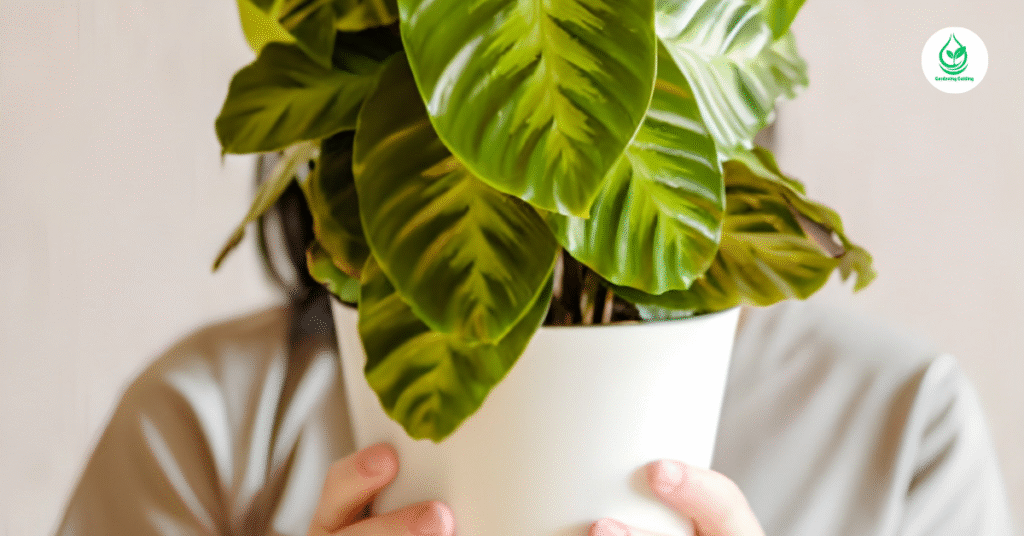
6. Calathea Ornata (Pinstripe Plant)
Elegant Pinstriped Leaves
Calathea Ornata stands out with its deep green leaves etched with delicate pink pinstripes that resemble hand-drawn lines. The contrast is striking and elegant, making it one of the most sophisticated indoor plants.
Growth and Maintenance
Keep this plant in low to medium indirect light and water consistently. It’s sensitive to fluoride and chlorine, so purified or rainwater works best. High humidity helps maintain its pink detailing, preventing browning or curling leaves.
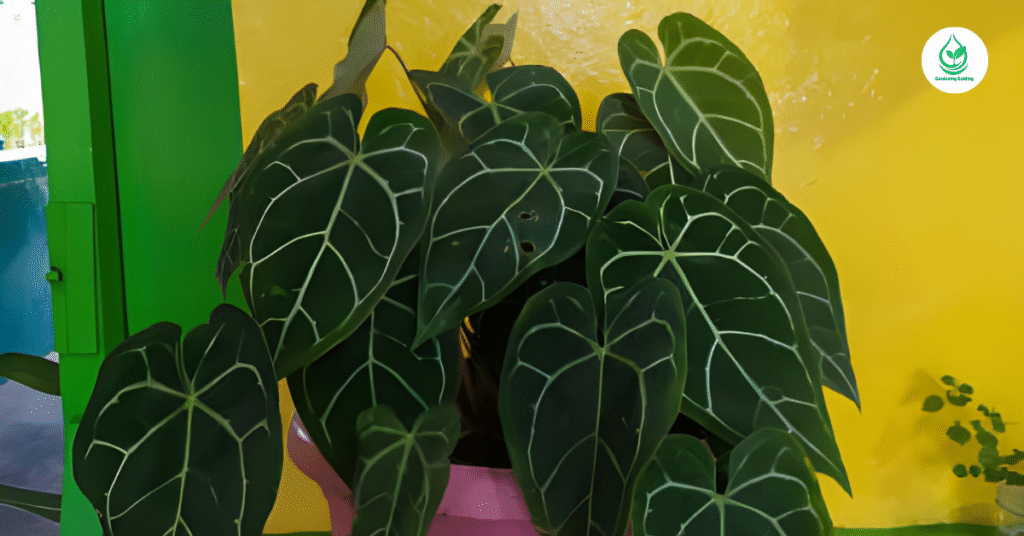
Best Room Placement
The Pinstripe Plant fits beautifully in offices or minimalist homes. It complements neutral spaces, adding elegance and texture without being overwhelming. Its glossy leaves also reflect soft light, making rooms appear more lively and polished.
7. Calathea Rufibarba (Velvet Calathea)
Soft, Fuzzy Texture
Calathea Rufibarba, or Velvet Calathea, features long, wavy leaves with a soft texture that almost feels like velvet. The top side is dark green, while the underside glows deep maroon — creating a beautiful dual-tone effect.
Care and Growth Tips
This variety enjoys warm temperatures and moist, well-draining soil. It’s more tolerant of slightly lower humidity than other Calatheas, but misting helps maintain its velvety look. Keep it in filtered sunlight to protect its leaf texture.
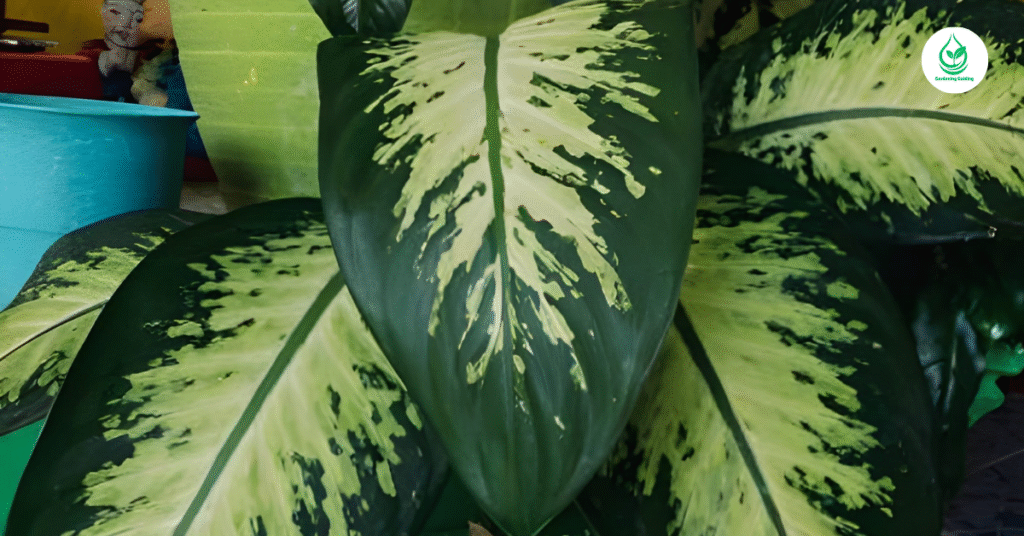
Perfect Decor Accent
Because of its rich colors and unique leaf feel, Velvet Calathea adds depth to plant displays. It pairs well with smooth or glossy-leaved plants for visual contrast. Try placing it near windowsills, living room corners, or entryways.
8. Calathea Zebrina (Zebra Plant)
Bold, Striped Patterns
Calathea Zebrina features soft, velvety leaves with vivid green and lime stripes that resemble zebra markings. It’s bold, tropical, and instantly draws attention, making it a centerpiece-worthy houseplant.
How to Grow It Successfully
Keep your Zebra Plant in warm, humid conditions with bright, indirect light. It loves moist soil — but never soggy. Fertilize every 2–3 weeks during growth periods and wipe leaves occasionally to keep their pattern vibrant.
Home Decor Styling
This Calathea looks stunning beside neutral walls or white furniture, where its striping really stands out. It adds life and texture to living rooms, offices, or patios with shaded sunlight.
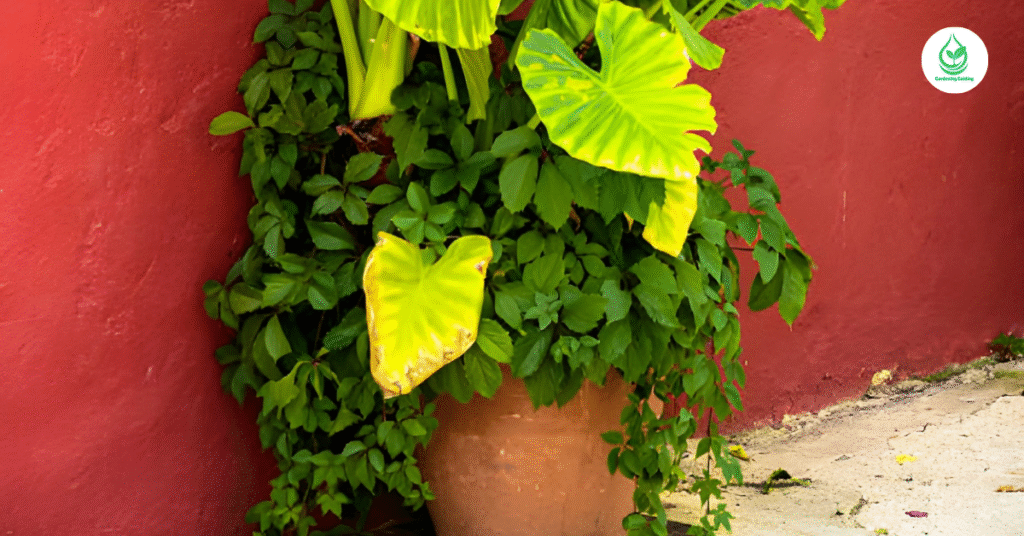
9. Calathea White Fusion
Artistic Leaf Variegation
Calathea White Fusion is one of the rarest and most beautiful types. Its leaves are painted with creamy white, light green, and silver streaks — each one unique. It’s a true collector’s favorite and instantly brightens any indoor space.
Growth and Care
This plant loves humidity, warmth, and gentle indirect light. Keep soil evenly moist and use a pebble tray or humidifier to avoid crispy edges. Avoid overwatering and ensure good drainage to maintain the delicate variegation.
Style and Placement Ideas
White Fusion looks best in bright rooms with plenty of natural light (but no direct sun). Place it in ceramic pots or glass planters for a chic, elegant look. It’s ideal for bedrooms, studios, or spaces with white or neutral decor.
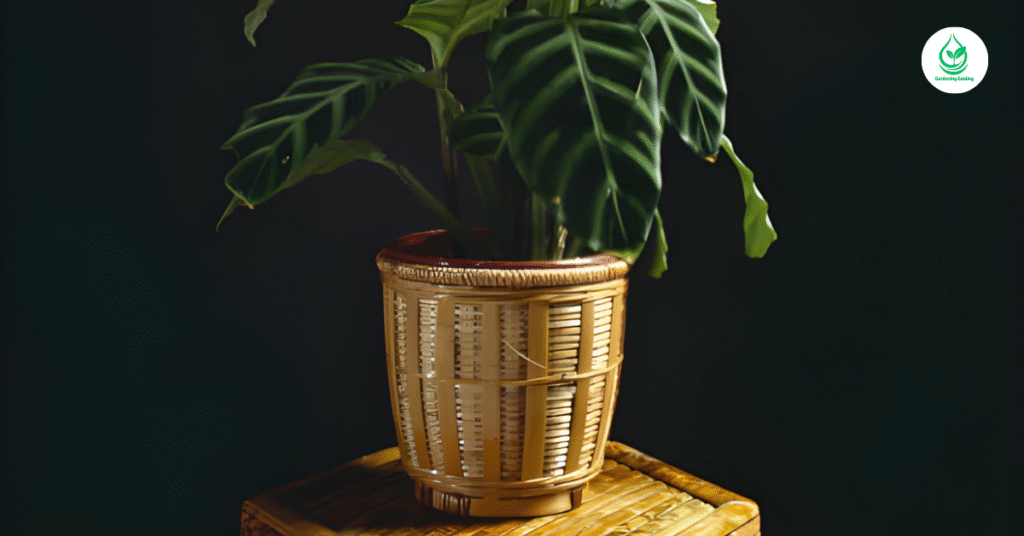
Comparison Table: 9 Calathea Varieties at a Glance
| No. | Calathea Variety | Leaf Pattern & Color | Light Requirement | Humidity Level | Best Spot Indoors |
| 1 | Calathea Orbifolia | Broad silvery-green stripes | Bright indirect | High (70 % +) | Living room / bedside |
| 2 | Calathea Medallion | Round green tops, purple backs | Medium indirect | High | Hallway / study |
| 3 | Calathea Makoyana | Feather-like green & pink | Medium light | High | Bathroom / shade window |
| 4 | Calathea Lancifolia | Long leaves with dark spots | Bright indirect | Medium-High | Balcony corner |
| 5 | Calathea Roseopicta | Pink & silver brush strokes | Medium light | High | Bedroom / office |
| 6 | Calathea Ornata | Pink pinstripes on deep green | Low-medium light | High | Work desk |
| 7 | Calathea Rufibarba | Wavy, velvety maroon underside | Medium light | Medium | Entryway / corner |
| 8 | Calathea Zebrina | Zebra-striped velvety leaves | Bright indirect | High | Living room |
| 9 | Calathea White Fusion | White-green-silver variegation | Bright indirect | Very High | Studio / bedroom |
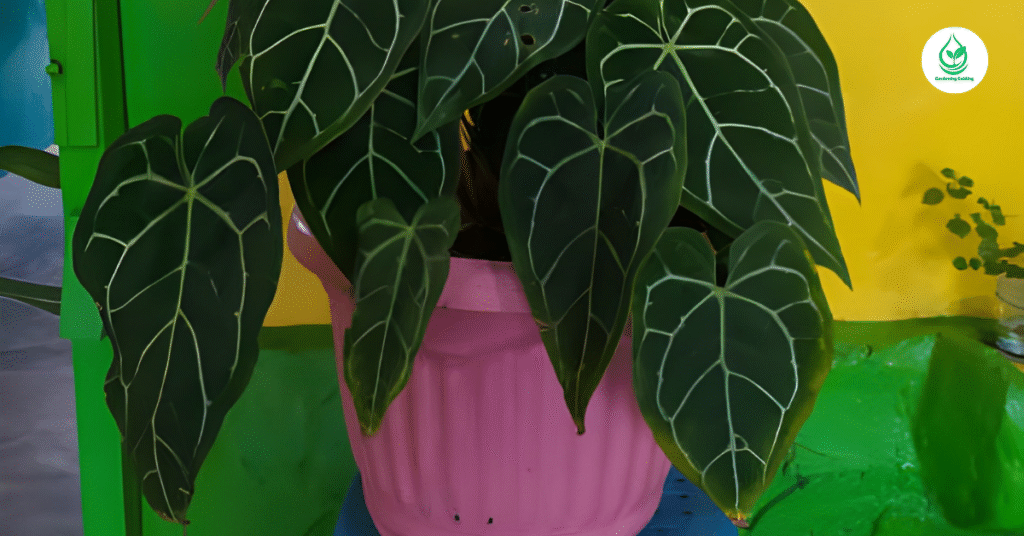
Pros and Cons of Growing Calathea Plants
Pros
- Visually Stunning: Their unique leaf patterns bring tropical artistry to interiors.
- Air Purifying: Calatheas help filter toxins, improving indoor air quality.
- Pet-Friendly: Safe for cats and dogs — perfect for pet owners.
- Compact Growth: Ideal for small apartments or shelves.
- Mood-Boosting: The rhythmic “prayer” movement adds calm, living energy to your space.
Cons
- Sensitive to Tap Water: Minerals and chlorine can cause leaf damage.
- High Humidity Demand: Dry air leads to curling or brown edges.
- Light-Sensitive: Direct sunlight can bleach their colorful leaves.
- Regular Maintenance: Needs consistent watering and misting.
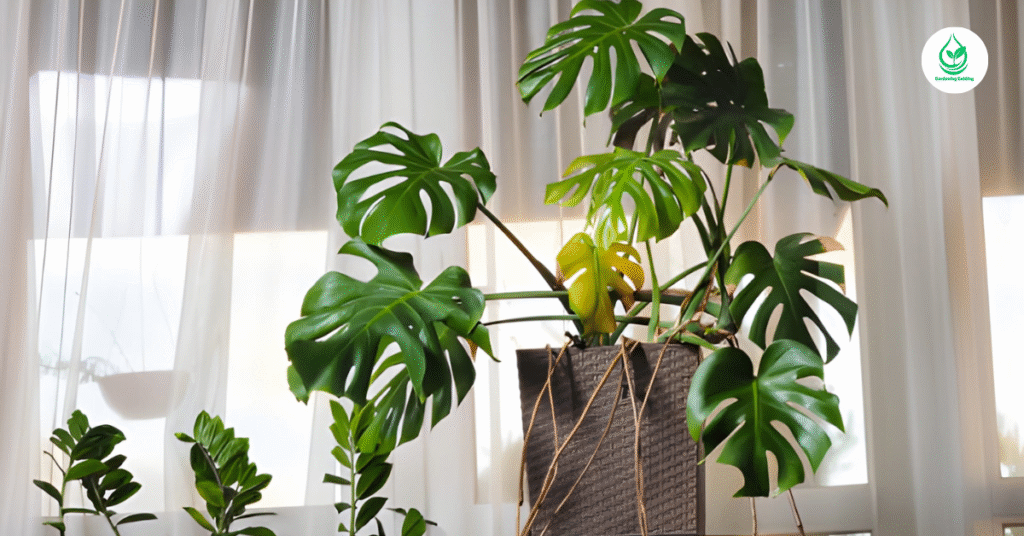
Common Calathea Care Tips
- Light: Always use indirect light; direct rays scorch foliage.
- Water: Keep soil evenly moist — neither soggy nor dry.
- Humidity: Maintain 60 – 80 %; use pebble trays or humidifiers.
- Soil: Choose well-draining, peat-based potting mix.
- Cleaning: Wipe leaves gently to remove dust and enhance shine.
- Fertilizer: Feed monthly during spring & summer with diluted organic fertilizer.
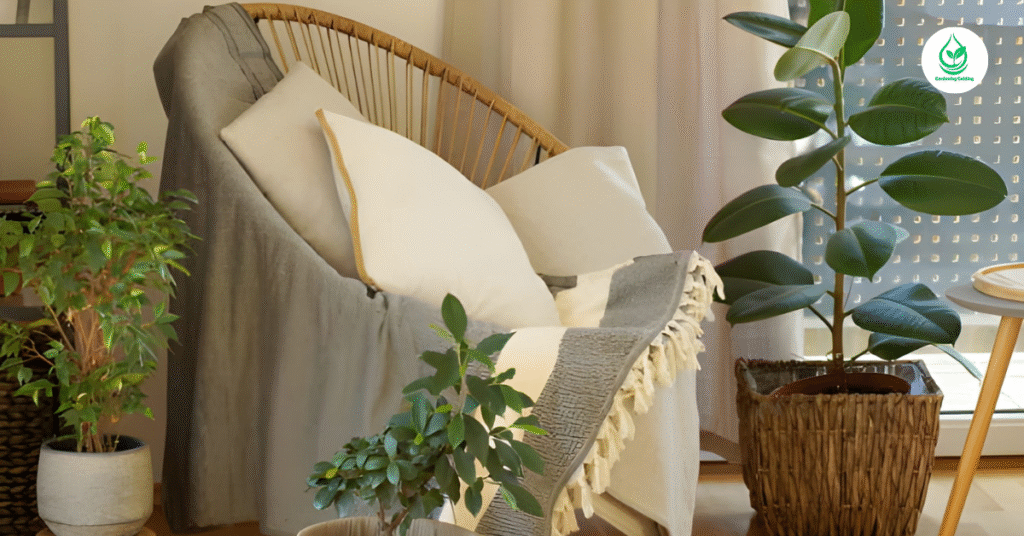
FAQs About Calathea Plants
Q 1: Why do Calathea leaves curl or brown at the edges?
A 1: Low humidity or use of hard tap water usually causes browning. Switch to distilled or rainwater and mist daily.
Q 2: How often should I water my Calathea?
A 2: Water when the top inch of soil feels slightly dry; don’t allow it to dry completely.
Q 3: Can Calathea grow in low-light areas?
A 3: Yes — varieties like Calathea Ornata and Medallion tolerate low-light spaces best.
Q 4: Do Calatheas need pruning?
A 4: Only remove yellow or damaged leaves to keep the plant neat and encourage new growth.
Q 5: Why does my Calathea move its leaves up and down?
A 5: That’s a natural circadian rhythm — Calatheas “pray” at night and open during the day!
Conclusion
Calathea plants are more than just greenery — they’re living works of art that transform any room into a tropical retreat. With over 9 varieties offering distinctive colors, patterns, and textures, you can curate a lush indoor garden that’s both relaxing and elegant.
By maintaining humidity, avoiding direct sunlight, and watering with care, your Calathea collection will reward you with healthy, vibrant leaves year-round. From the velvety Rufibarba to the rare White Fusion, each Calathea species brings its own unique rhythm and beauty into your home.
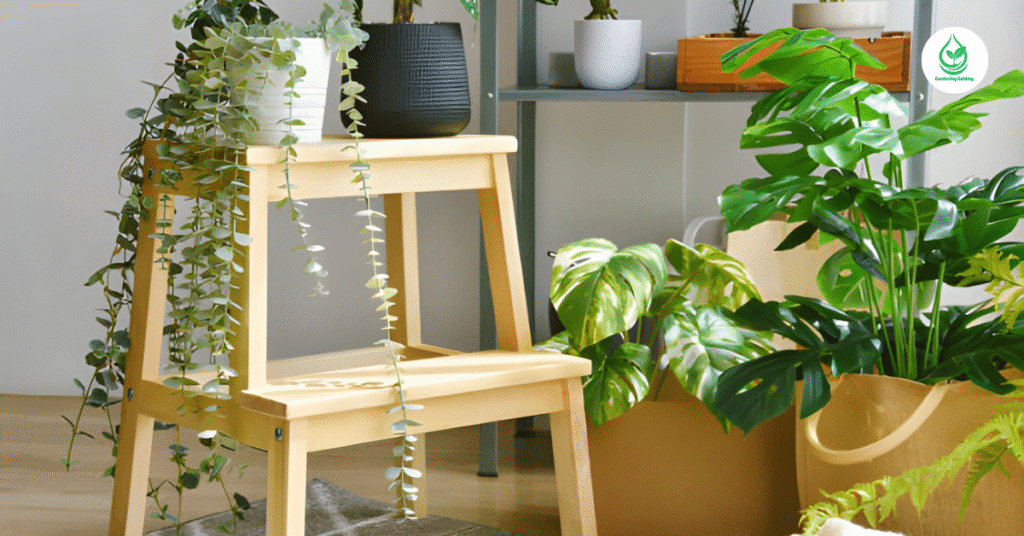
Let your Calatheas dance, breathe, and beautify your world — because nature’s art truly belongs indoors.

